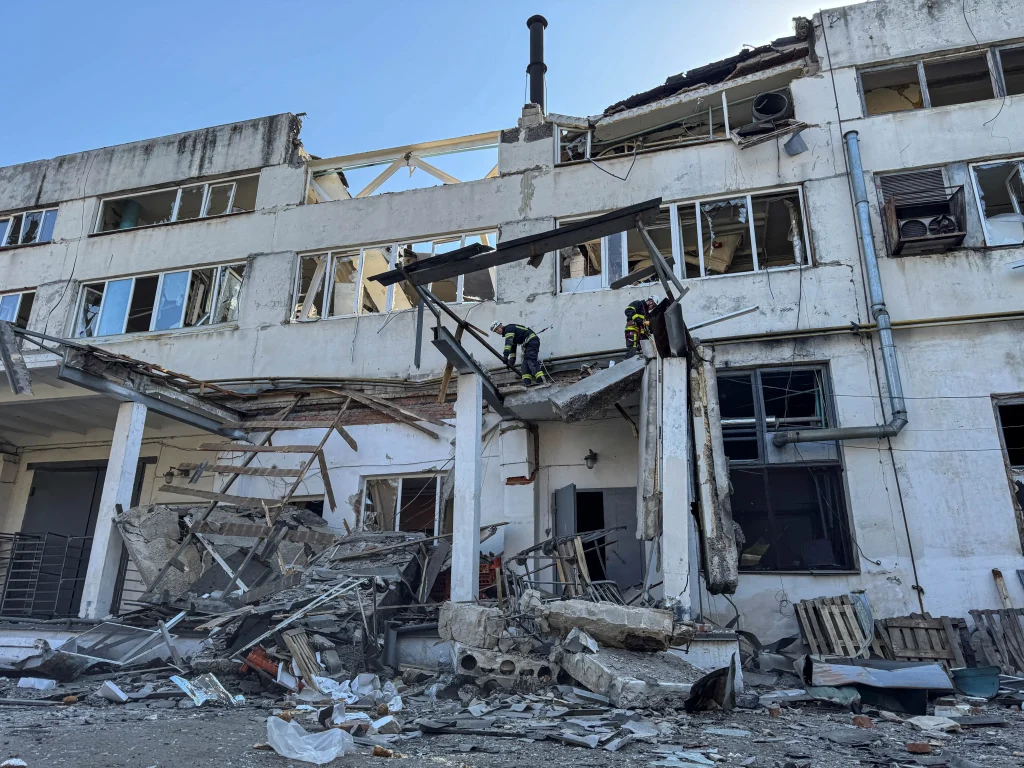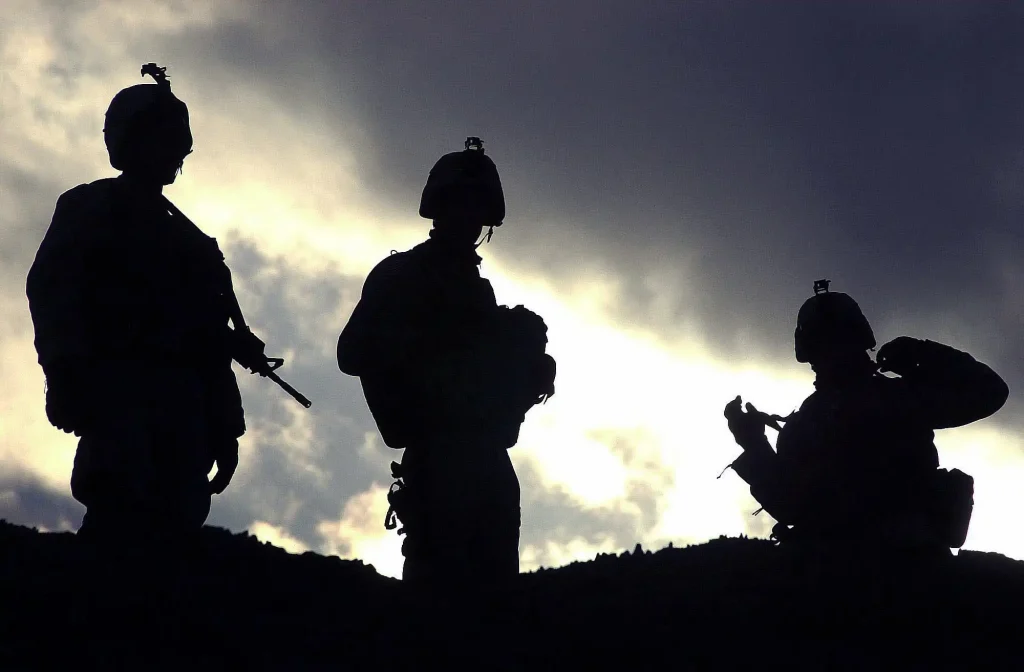A recent study utilizing electroencephalography (EEG) has shed light on the fascinating dynamics of peer-to-peer learning. By monitoring brain activity, researchers were able to observe the patterns of “brain synchrony”that occur when students work together on academic tasks.
The study involved high school science teachers instructing groups of young adults on various topics, including bipedalism, habitats, and lipids. As students engaged in these lessons, researchers measured their brain activity, looking for instances of synchronized neural activity.
The findings were intriguing. The study revealed a strong correlation between brain synchrony and academic performance. When students exhibited higher levels of brain synchrony, both within their peer groups and with their teachers, they tended to achieve better results on follow-up tests, both immediately and in the long term.
These findings underscore the importance of peer-to-peer learning and collaboration in educational settings. When students work together and share their knowledge, they can create a more engaging and effective learning environment. Additionally, the study highlights the role of the teacher in facilitating this process. By providing guidance and support, teachers can help students to connect with each other and build a shared understanding of the material.
The study also suggests that a differentiated approach to learning may be beneficial. By pairing advanced students with struggling peers, teachers can create opportunities for peer tutoring and support. This can help to distribute the workload of learning and ensure that all students have access to the support they need to succeed.
In conclusion, the study provides valuable insights into the dynamics of peer-to-peer learning and the importance of brain synchrony in educational outcomes. By fostering collaboration, creating opportunities for peer support, and leveraging the power of technology, educators can create more engaging and effective learning environments for all students.













